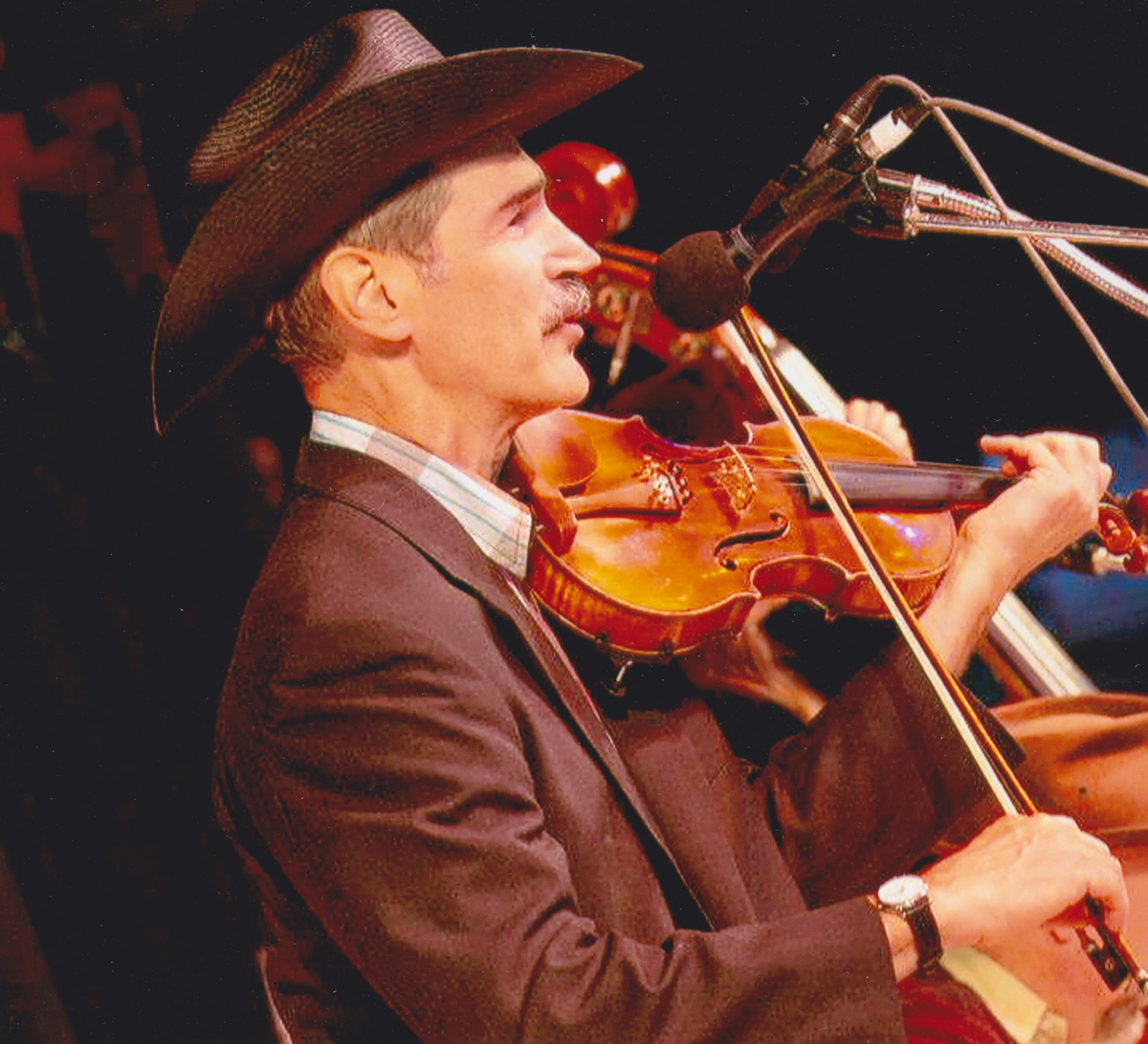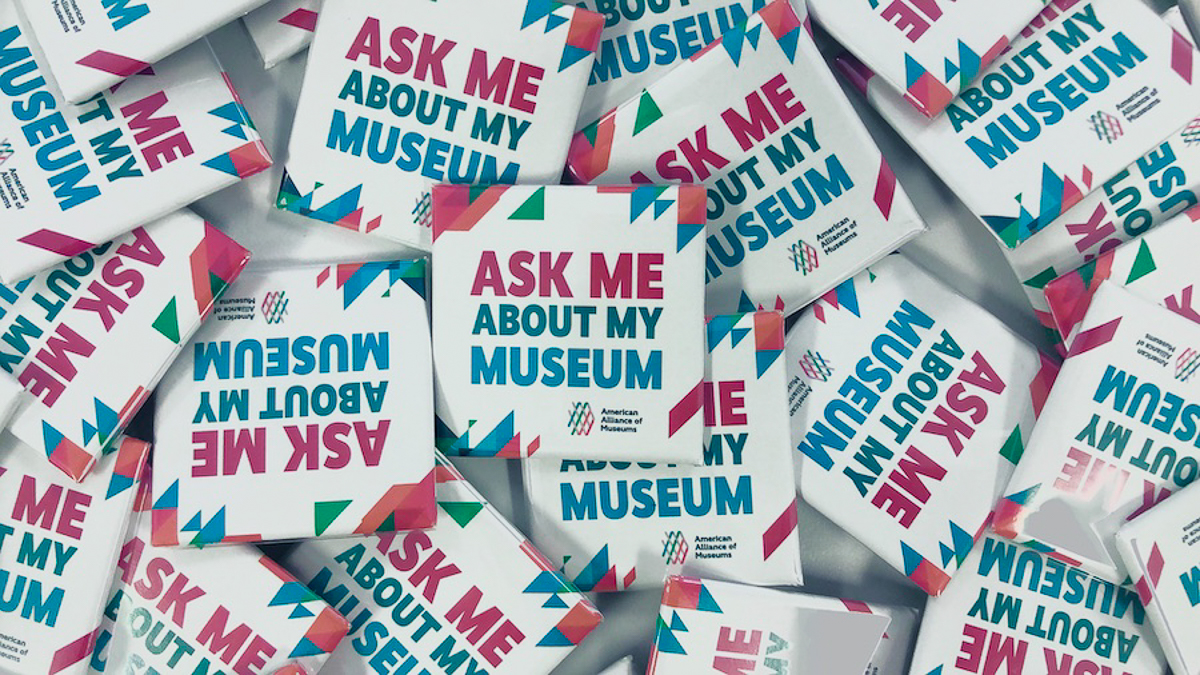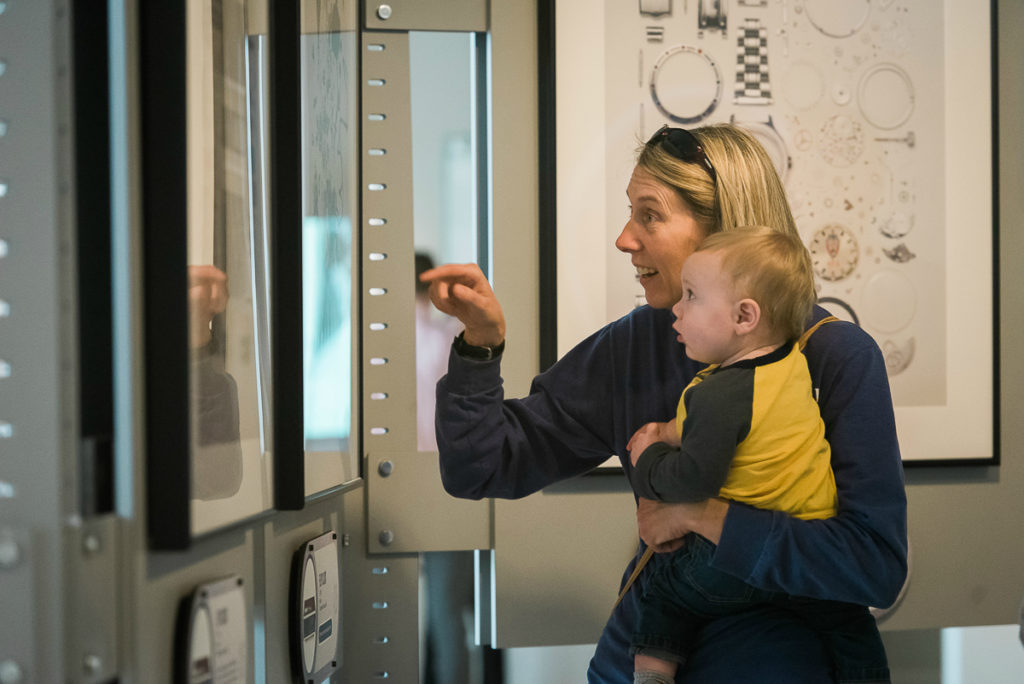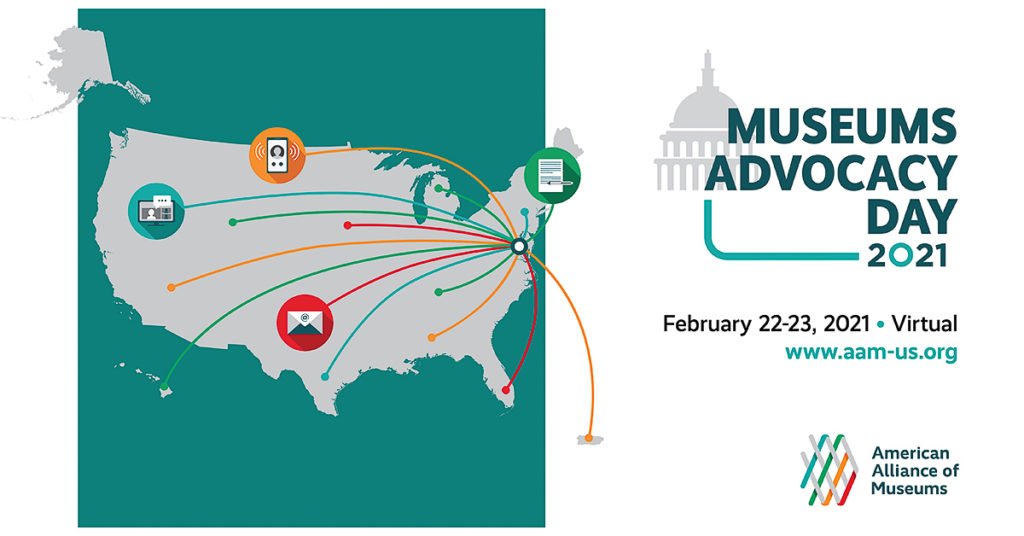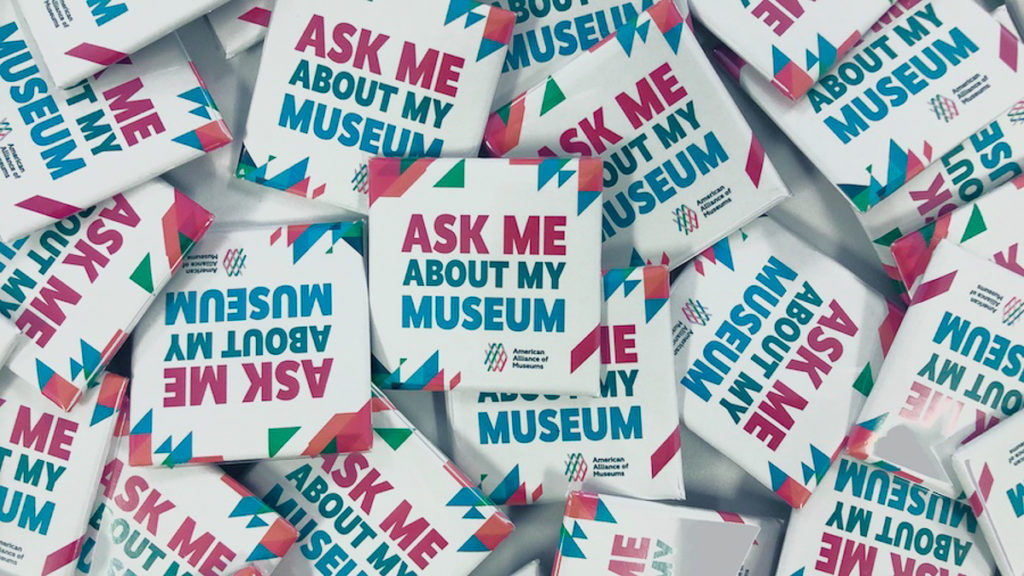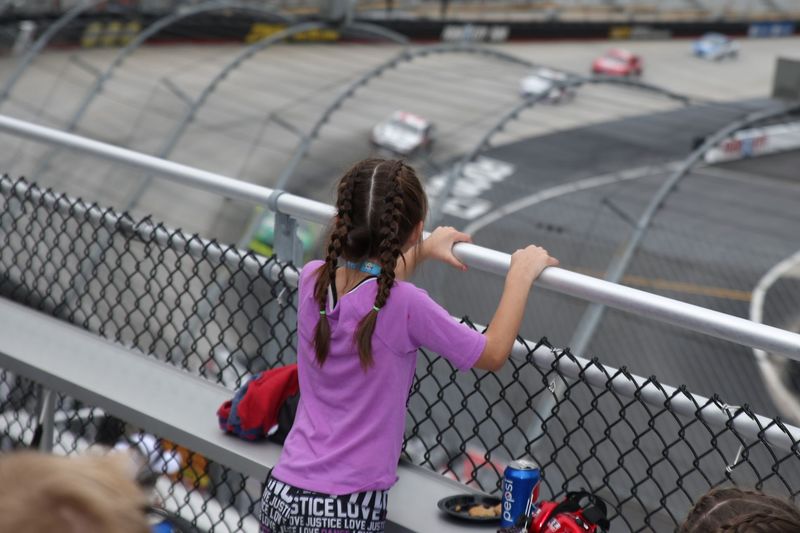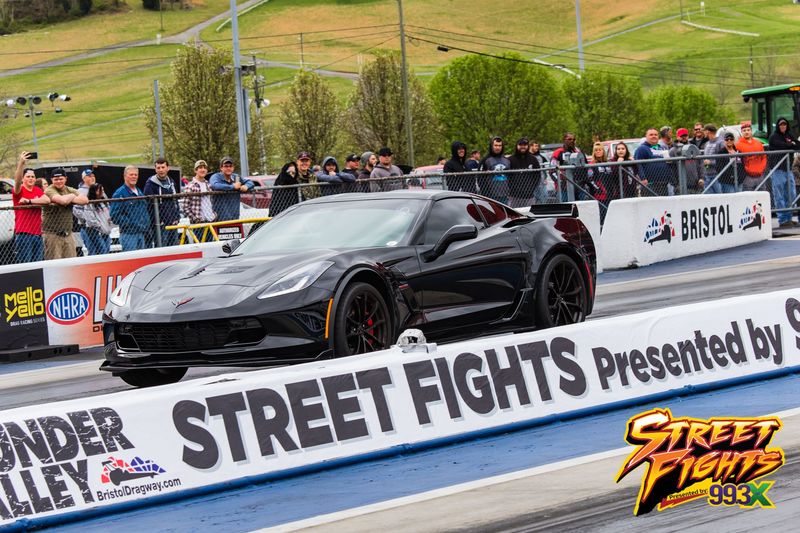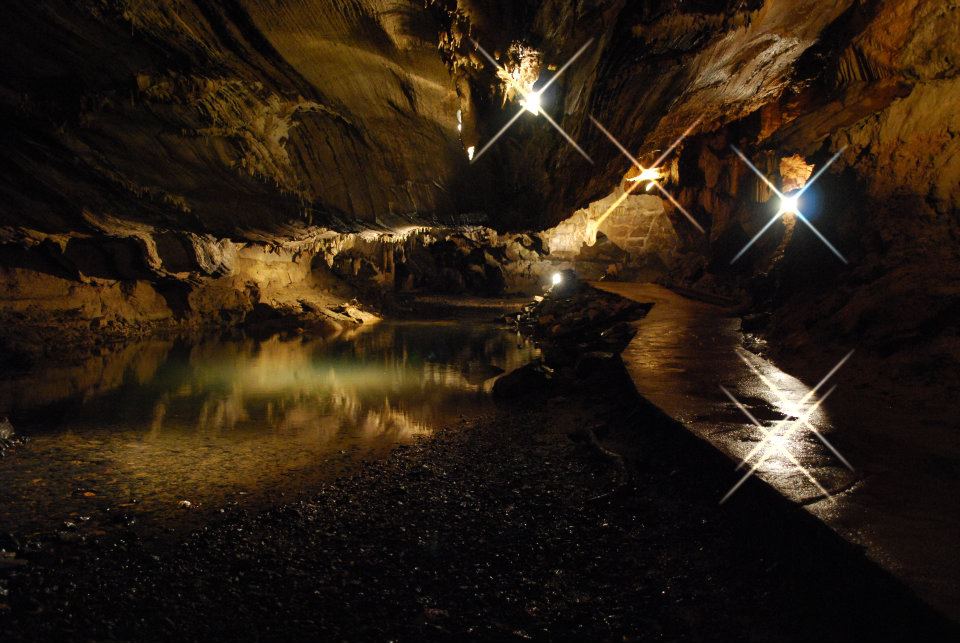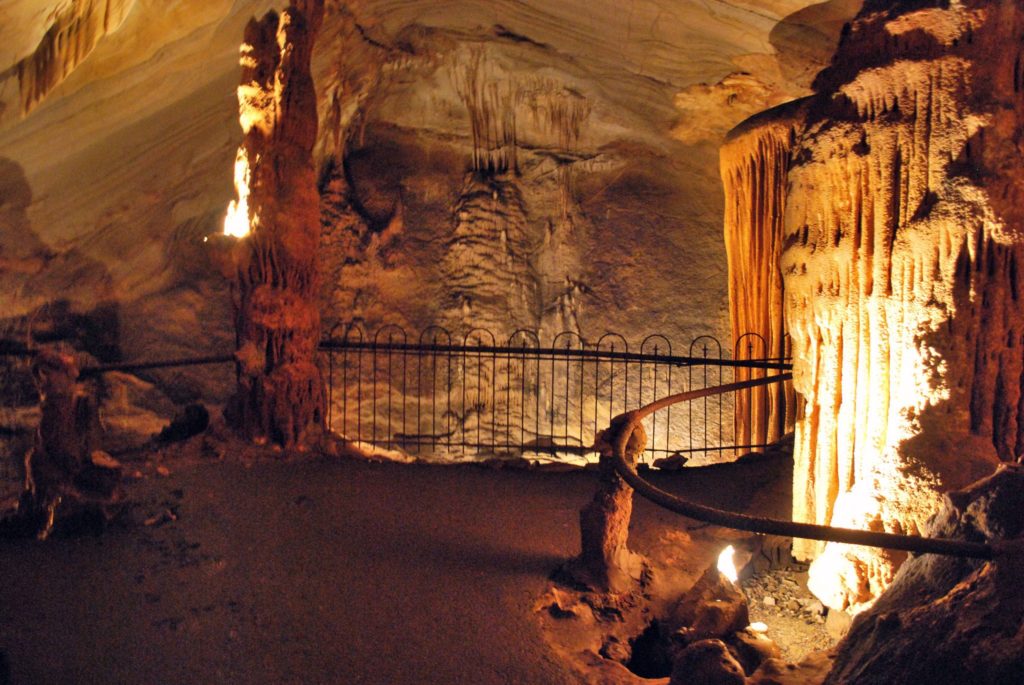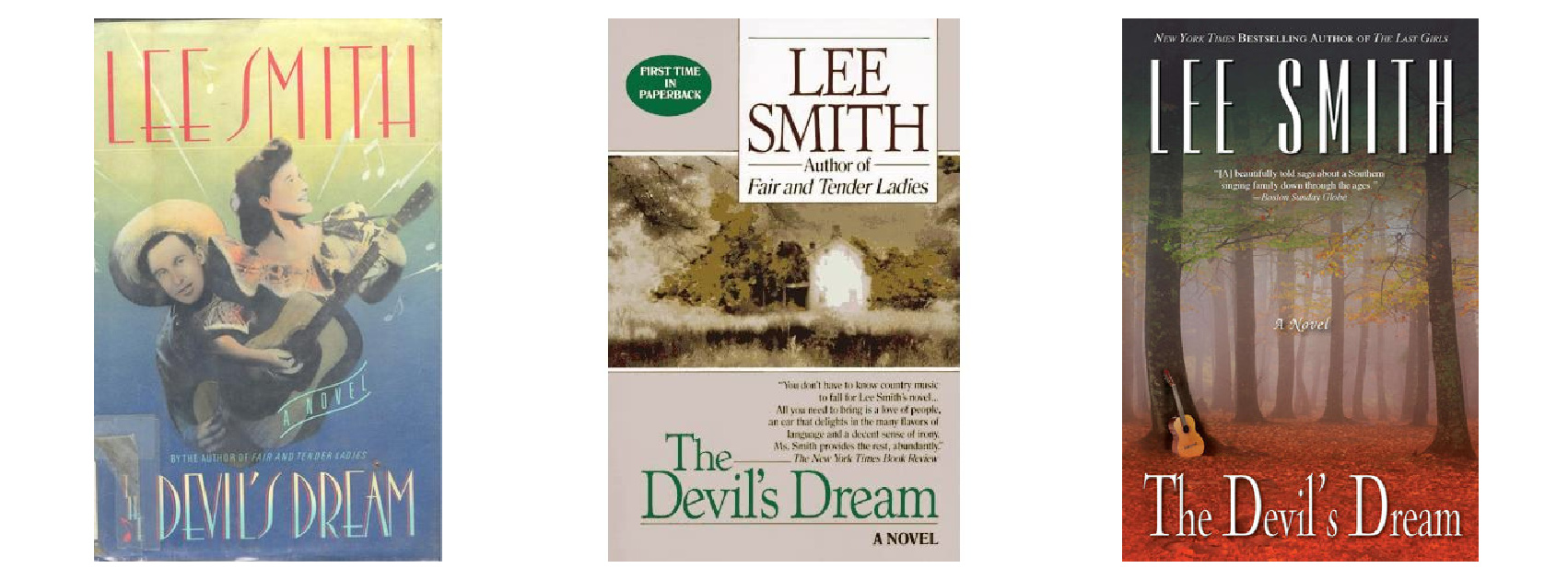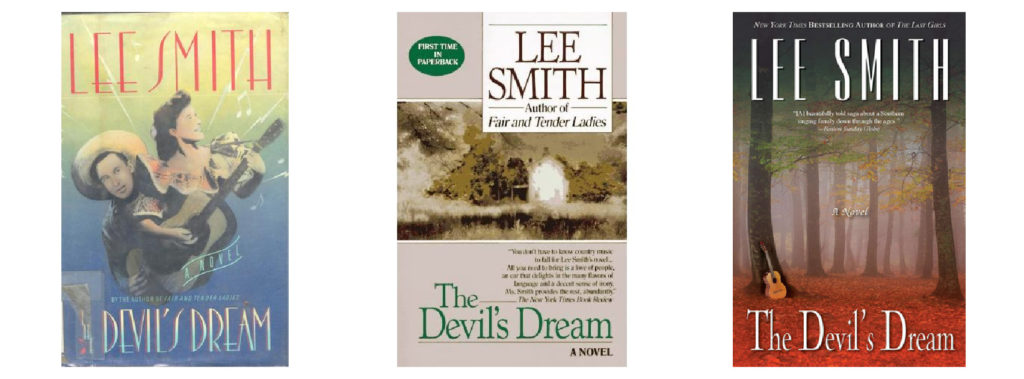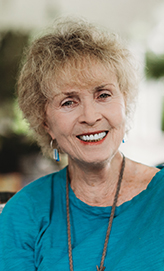Radio Bristol is excited to share “The Root of It,” a new series connecting today’s influential musicians to often lesser known and sometimes obscure musicians of the early commercial recording era. The sounds and musicians we hear today on platforms like Radio Bristol can often be traced back to the sounds of earlier generations. What better way to discover these connections than to talk to the musicians themselves about some of the artists that have been integral in shaping their music. These influences, though generally not household names, continue to inspire those who dig deep to listen through the scratches and noise of old 78s, field recordings, and more, finding nuances and surprises that inevitably lead them on their unique musical journeys.
For our first installment of “The Root of It,” we spoke with legendary Oklahoma fiddler Brad Leftwich. Brad has long been considered the gold standard for old-time fiddling and banjo, learning directly from some of the masters who came before him like Tommy Jarrell, Melvin Wine and the Hammons Family, and more. Brad has been a performer and educator for over 40 years and continues to record projects with his group Brad Leftwich & the Humdingers; he has also crafted genre-defining teaching materials and continues to tour internationally. Brad shared with us his interest in the music of old-time pioneer John Dykes and the Magic City Trio, a celebrated local Tri-Cities band that recorded in the late 1920s.
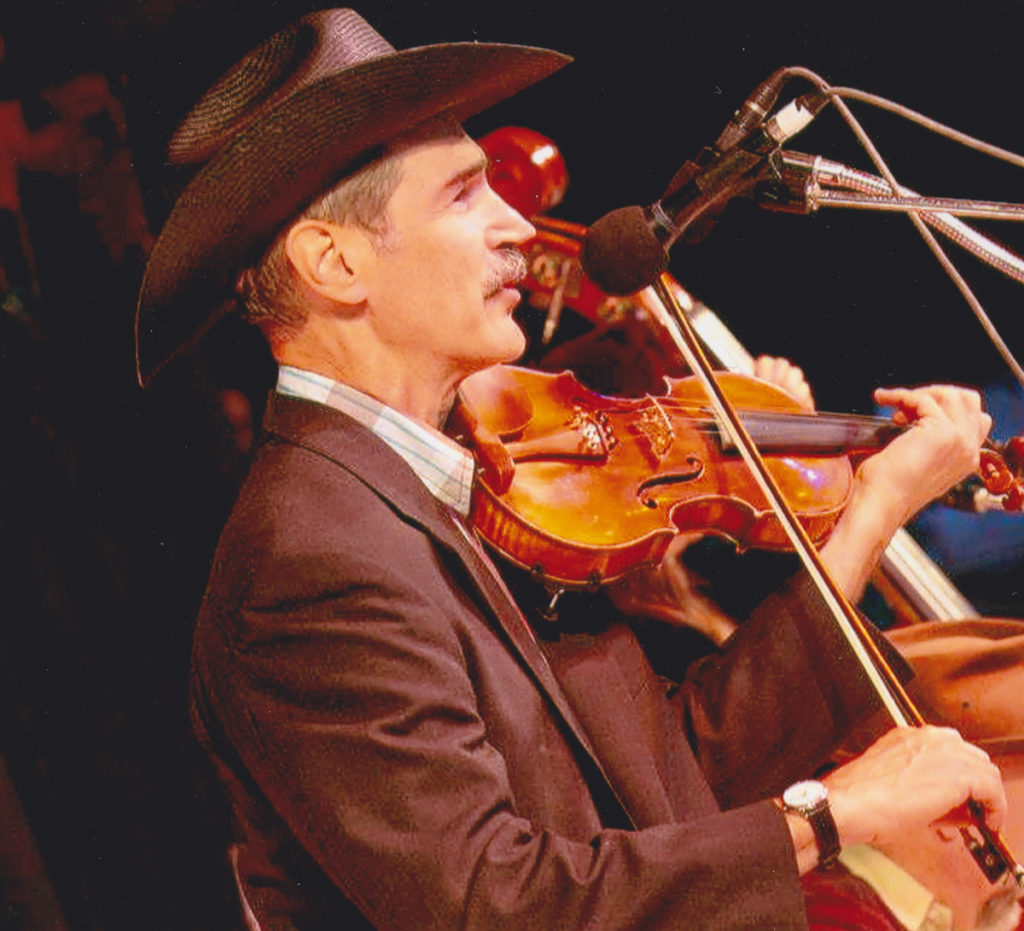
Brad Leftwich performing at Wheatland. Courtesy of Brad Leftwich
Brad Leftwich:
I still remember when I met John Dykes. Well, I didn’t “meet” meet him, because he died a couple of decades before I was born, but from the moment I first heard his fiddling I felt like we had a connection that bridged space and time.
Linda and I were visiting our friends Gail Gillespie and Dwight Rogers. This was in the days before CDs and the internet, when it was actually difficult to get hold of recordings of old-time music; musicians who wanted more than the few Folkways and County LPs that were available resorted to swapping cassette tape copies of field recordings and old 78s. By the time they’d been recopied several times, the sound quality (usually not good to begin with) was pretty awful.
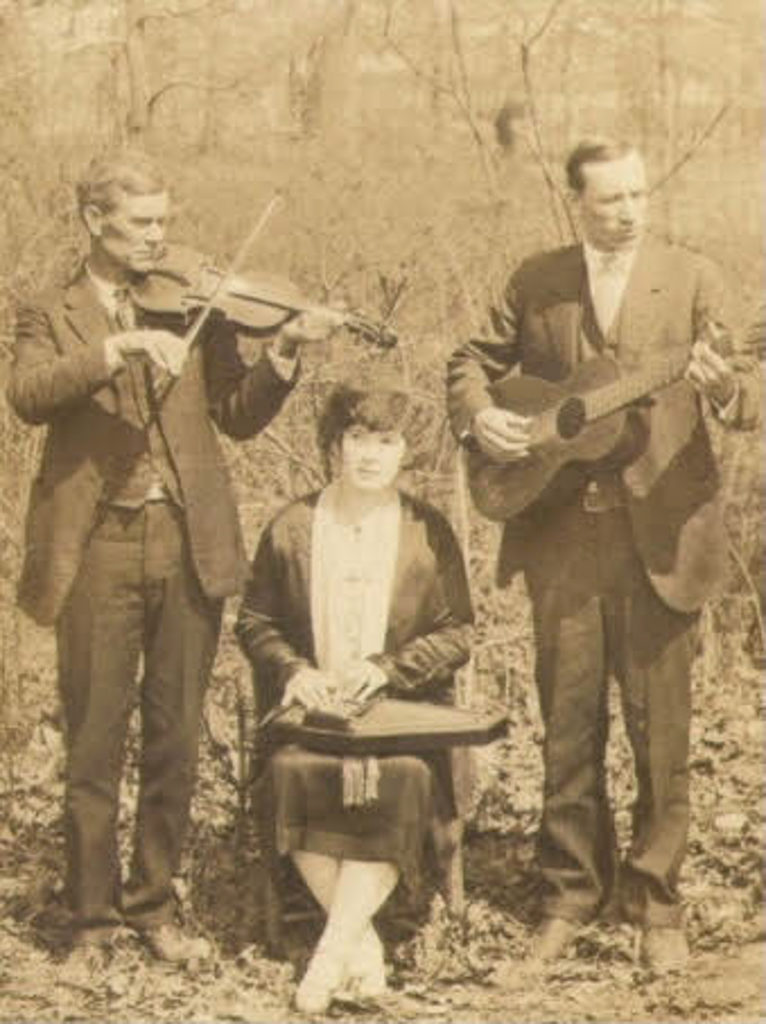
Dyke’s Magic City Trio, pictured left to right: John Dykes on fiddle, Myrtle Vermillion on autoharp, and Hubert Mahaffey on guitar. This legendary local group was named after Kingsport, Tennessee, which was coined the “Magic City” as it flourished as one of the key Appalachian “planned cities” built on industrialism in the early 1920s. Photo from rllane.com
While we were there, Gail put on a recently acquired cassette and asked with a sly smile, “Do you recognize this fiddler?” Linda and I had to admit it sounded like a distorted, muddy recording of me – or at least what I hoped to sound like. Except it couldn’t be me because I didn’t know the tune, and I certainly never recorded a 78. She made us a copy (maybe seventh or eighth generation at this point), and when we returned home I set about finding as many (and clearer) recordings of Dykes’s Magic City Trio as I could.
“Tennessee Girls,” recorded in 1927 by Dyke’s Magic City Trio, is often credited as one of the groups most influential recordings.
I originally learned to fiddle mostly from visiting Tommy Jarrell, but although his bowing structure formed the bones of my fiddling, I never really sounded like him (who does?). After several years on the road learning from many more fiddlers – from the Appalachians to Oklahoma to the Ozarks – I felt like I had taken the bits and pieces that appealed to me from those sources and built my own distinctive sound. But listening to John Dykes was different: I thought, “I know you!” Even now when I listen to him I feel not just that I understand every bow stroke, but that I would put together tunes in pretty much the same way. His fluid, driving sense of rhythm and the clarity of his sound are the ideals that I strive for, not only when I play his tunes, but in my fiddling in general.
“Dusty Miller” performed by Brad Leftwich & the Humdingers.
To me, John Dykes is among the greatest fiddlers I’ve heard, and certainly the Magic City Trio is one of my all-time favorite bands. I love to play with guitar players who can lay out a hypnotic, elegant bass line like Hub Mahaffee, and although Myrtle Vermillion’s autoharp merges with the guitar and thus is not clearly audible on the recordings, I like to think she is filling out and driving that band like Linda’s banjo uke does in ours. The Magic City Trio has been an inspiration and model for my band, the Humdingers, in both its old and new incarnations.
* To learn more about Brad Leftwich or to purchase his band’s latest record Rise and Bloom Again, visit www.bradandthehumdingers.net.
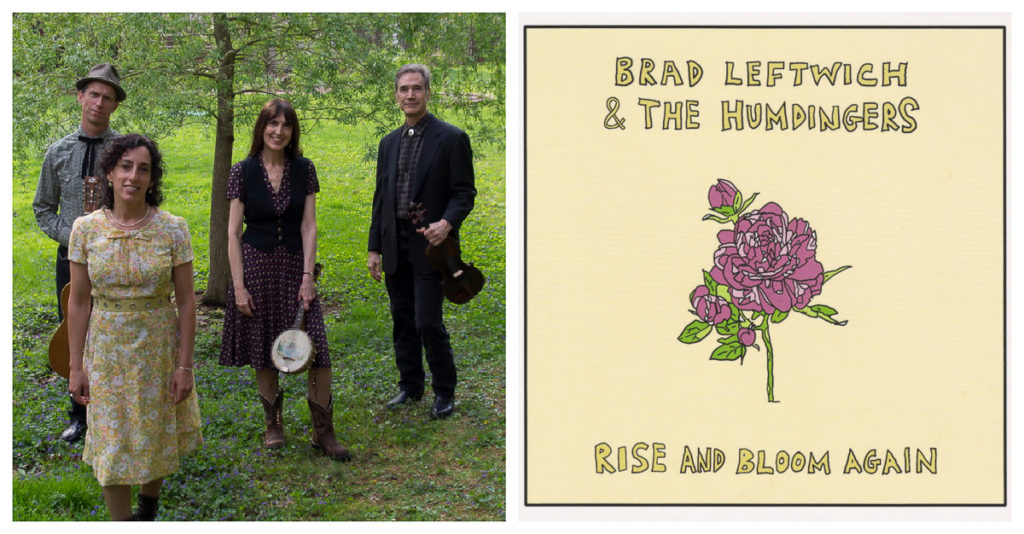
Images courtesy of Brad Leftwich


